The True Story of Why Robert Redford Almost Didn't Make The Way We Were
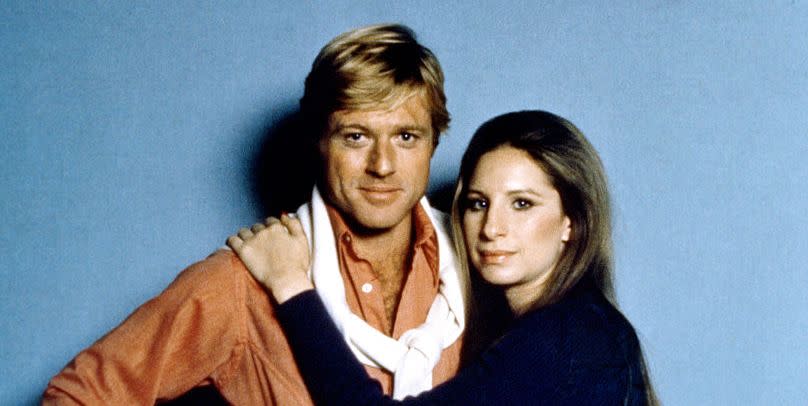
"Hearst Magazines and Yahoo may earn commission or revenue on some items through the links below."
Even before he became a movie star, Robert Redford knew exactly what kinds of roles he wanted to play and what kinds he didn’t.
The actor had assiduously avoided playing any role that capitalized on his awesome chiseled face and his dazzling golden hair, which had been more strawberry blond in his youth. He had learned to play against type, because in his earlier Broadway career, Redford seemingly coasted along on his male beauty in the back-to-back hits Sunday in New York and Barefoot in the Park.
Essentially those 1960s plays were glorified sitcoms before more adventurous TV fare, like All in the Family and M*A*S*H, made such fluff obsolete on the stage. Those two comedic roles didn’t require much more of him as an actor than great looks and, to be honest, equally great comic timing and charm. It’s as if Redford didn’t want to capitalize on what had made him a Broadway star when it came to the movies, because it was his incredible physical beauty that got in the way of audiences and theater critics (and later movie critics) recognizing his real talent as a subtle and gifted actor.
Director Sydney Pollack, a former acting coach, was never one of those people. “Redford is one of the great screen actors,” he proclaimed. “Almost all of Redford’s performances are underrated . . . [W]e tend to be suspicious of romantic actors.” The film director used the word romantic, but he said it in 1995.
Before The Way We Were came along, Redford hadn’t played a straight-up romantic role in a drama. The role of Hubbell Gardiner in The Way We Were would be his first. Until then, he’d learned to downplay his rare good looks by rarely playing a lover. Streisand handled her rare, unusual looks by almost always playing one. Streisand and Redford together? How different could two stars be? “Redford and I were very different on the surface,” said Streisand. “I was raised in a Jewish family in Brooklyn, playing skelly with bottle caps in the street. He was the blond, suntanned California guy, surfing and riding horses—while I was afraid of them. But inside, we were alike: shy, sensitive, and both of us appreciated the mystery of relationships.”
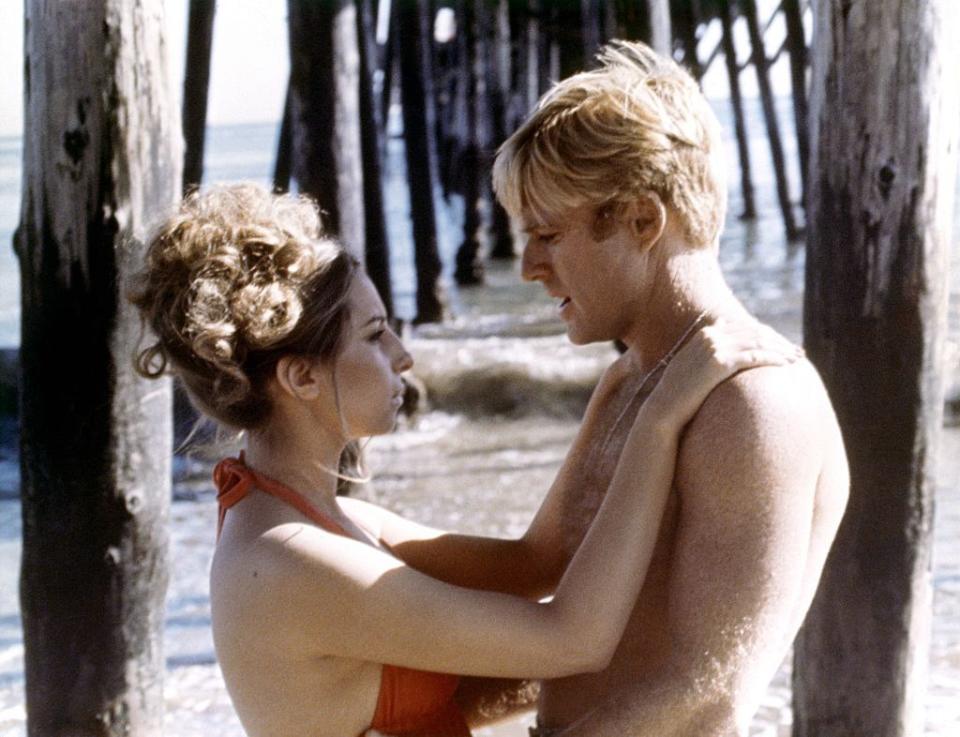
The young Redford especially objected when casting directors categorically rejected him for blue-collar roles. They told him he looked too Ivy League. He recalled being told more than once, “If you didn’t look as if you had graduated from Harvard, we could believe you as a garbage collector.” Or a factory worker. Or a cop. Or a thug. “Well, I’ve got news for those people. I did collect garbage,” he claimed. “I don’t know what the inside of Harvard looks like.” He made it clear: “This business of being over-privileged really makes me burn.”
Hubbell in The Way We Were is nothing if not privileged. It defines the character. Blond, Gentile, Ivy League, and with wealthy friends who entertain on posh Beekman Place. And it doesn’t get any more privileged than Beekman Place, on the far East Side of Midtown Manhattan. What Redford didn’t want to exploit was what Pollack needed from him to make the romance in The Way We Were work on-screen—that look of privilege.”
Pollack deeply admired the actor’s talent ever since they performed together in Redford’s first film, War Hunt, in 1961. Acting talent was one thing, but pretty was something else entirely, although for male actors of an earlier era, the latter sometimes made it difficult for anyone to see the former.
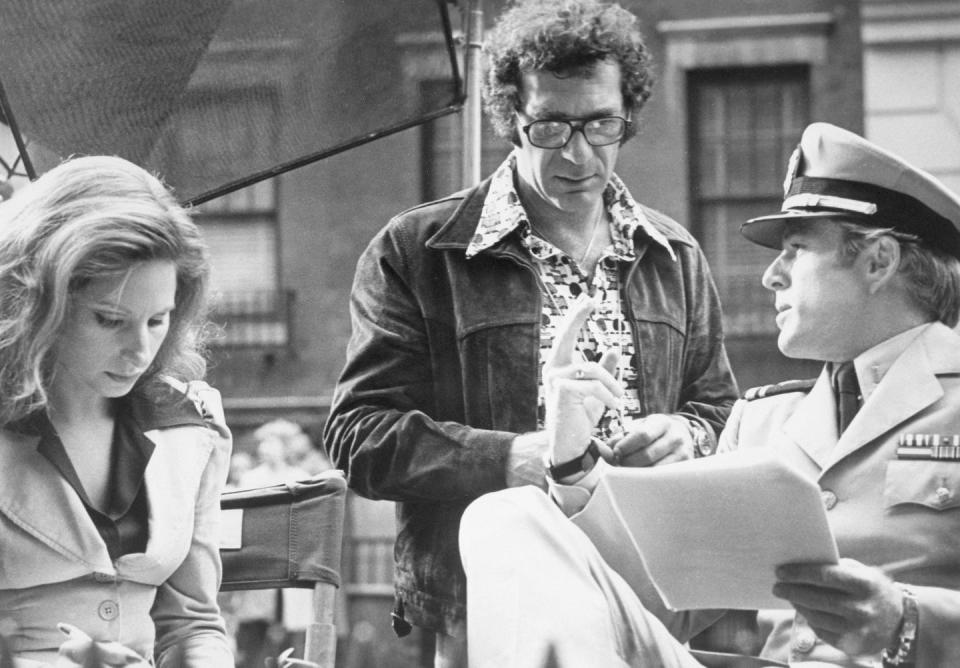
Feeling he had been tricked into playing a closeted movie star in the film Inside Daisy Clover, Redford turned down the role of Nick in the film version of Edward Albee’s Who’s Afraid of Virginia Woolf?Unquestionably the most anticipated film of 1966, it starred Elizabeth Taylor and Richard Burton at the height of their post-Cleopatra fame, and as if that weren’t enticing enough, the project provided Mike Nichols with his screen directorial debut. A few years before, Nichols had directed Redford on Broadway in Neil Simon’s Barefoot in the Park, and the theater wunderkind couldn’t believe how a young actor would even consider turning down the extraordinary opportunity to be part of such a starry ensemble in such an important screen adaptation as Virginia Woolf.
Redford explained without remorse. “I felt he started powerfully, but the author didn’t know what to do with the character, and so he trailed off after the first half. I didn’t want that part.” Redford thought even less of the character of Hubbell, who he didn’t think “started powerfully” but did trail off from there.
While Pollack was squiring Redford, the hunt was on for the male lead. Since screenwriter Arthur Laurents hated Ray Stark’s idea to cast Ryan O’Neal, he also tried to solve the big Hubbell mystery. He started promoting Ken Howard to play the role. He knew the actor’s work on Broadway in Child’s Play and in the musical 1776, in which Howard achieved the formidable feat of making Thomas Jefferson come off as sexy. Also, Howard was blond—and a lot taller than either Redford or O’Neal, which Laurents considered a big plus.
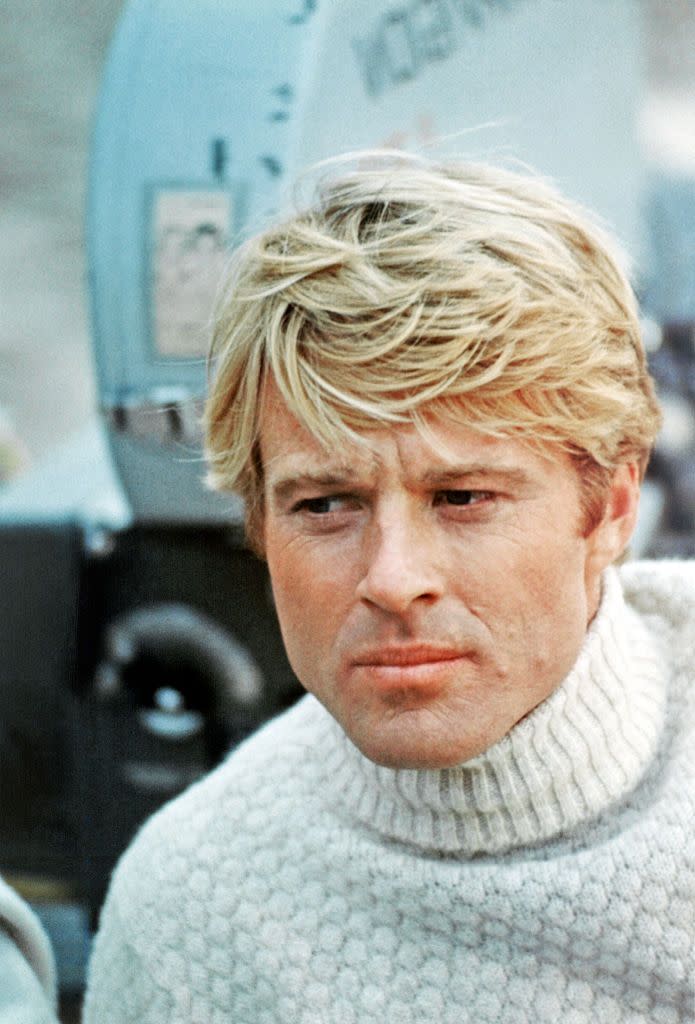
Laurents even went so far as to arrange a meeting between Howard and Barbra Streisand. They appeared to bond at a meeting at a mutual friend’s house. Then a beautiful woman showed up to drive him home. The next day Streisand phoned Laurents to tell him there was no there there. In other words, there was “no sexual tension.”
Next up to “audition” was Dennis Cole, also blond, and over six feet tall and very athletic. Unfortunately, his trail of less-than-stellar TV series (Felony Squad and Bracken’s World) took him out of the running when Streisand happened to catch a few episodes of his latest tube effort, something called Bearcats! Streisand had to wonder, Did Hubbell need to be blond, despite Laurents’s description of the character in his screenplay and novel?
Even she began to hunt for a leading man, and she looked no farther than her current boyfriend. The talent pool of bankable male blonds in Hollywood appeared much shallower than originally thought. Streisand usually waited until she’d been cast in a Broadway show or a movie before romancing the leading man. She changed course on The Way We Were. Even though they were rarely seen together in public, Streisand was already dating Warren Beatty when she proposed that he play Hubbell. The couple knew each other from summers in the late 1950s, when they both performed at the Clinton Playhouse on the Connecticut shore.
Back then, Streisand spelled her first name with the usual numbers of vowels, as in “Barbara,” and even more remarkably, she emerged as one of the few females in the theater company and elsewhere in New England to reject Beatty’s sexual advances. Hollywood’s most prolific satyr joked about the teenage Streisand, saying, “One of her convictions seemed to be that with the recent loss of my virginity, I might be experiencing too much of a good thing.”
Cut to two decades later, and the Streisand-Beatty casting negotiations took place on his turf. El Escondido, a.k.a. the Hideaway, was a vast suite of rooms at the Beverly Wilshire Hotel that Beatty had called home since 1966. Strewn with discarded magazines and books that its occupant had read but never put in their place on coffee tables or bookcases, the penthouse featured both a private entrance and a private elevator, both of which helped Beatty earn the rather baleful moniker “The Phantom of the Beverly Wilshire.” The fans and the press weren’t even aware that he and Streisand had been an item for months. “One of my flings” was how she categorized her short tenure with the hirsute star, who was already famous for separating his long, often tangled eyelashes with a small pin before every camera close-up.
Among other things, the couple spent considerable time at El Escondido talking about the remote possibility of his starring in The Way We Were and the much more real likelihood of her singing at a fundraiser concert for Senator George McGovern. The Democratic nominee for president had endeared himself to both Beatty and his sister, Shirley MacLaine, and both actors practically gave up their film careers in 1972 to campaign for him.
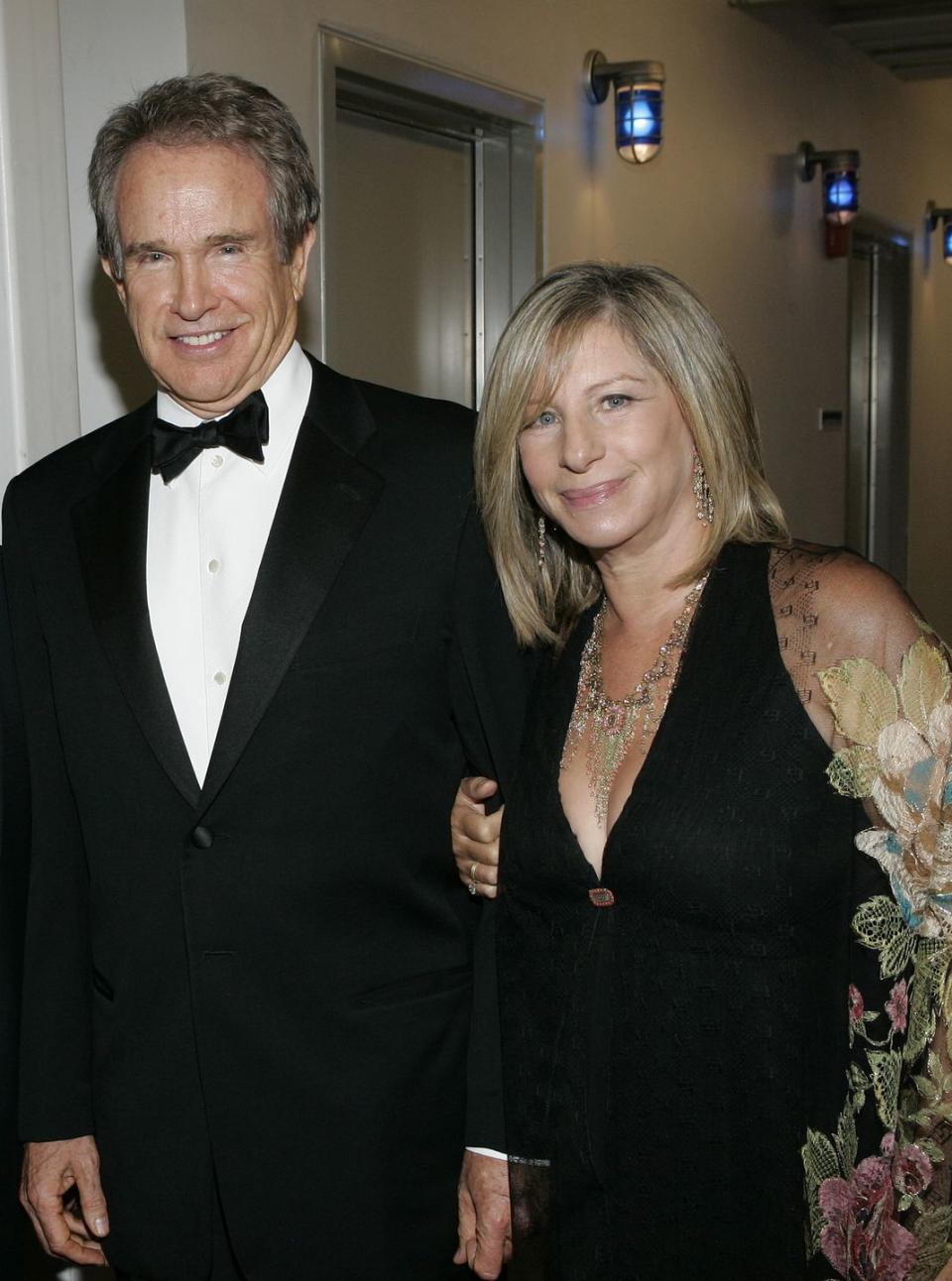
Ultimately, Beatty won both arguments: Streisand sang at his concert, and he did not star in her movie. To add insult to this double whammy for Streisand was Beatty’s even newer girlfriend, one whom he did not mind showing off in public. When Streisand finally made her way to the McGovern fundraiser at the Forum in Los Angeles on April 15 to perform several of her most iconic hits, Beatty entered the venue with Julie Christie, who, as was often the case with this actor’s latest paramour, starred opposite him in his upcoming movie, McCabe & Mrs. Miller. Streisand had been played.
It was not until after she had performed at the Forum that Beatty leveled with her regarding The Way We Were. “Come on, Barbra, you’re kidding,” he told her. “Why don’t I play the girl and you play the guy?” If that wasn’t bad enough, he called the Hubbell character “apathetic.”
Pollack and Streisand needed Redford, but after the box office sensation of Butch Cassidy and the Sundance Kid, Redford didn’t need them or their film, The Way We Were. He had become much more interested in films that explored his environmentalism, like Jeremiah Johnson, or his liberal politics, like The Candidate, or that featured complicated characters, like Downhill Racer, that is, men who face an existential dilemma regarding the true nature of success, life, and the pursuit of happiness.
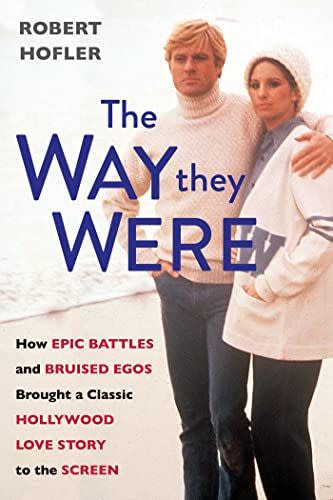
The Way They Were: How Epic Battles and Bruised Egos Brought a Classic Hollywood Love Story to the Screen
amazon.com
amazon.comAfter Warren Beatty had rejected it, Redford signed to do The Sting, playing a grifter in a period piece that had nothing to do with the environment, liberal politics, or existentialism. However, it did reunite him with his Butch Cassidy director, George Roy Hill, and, most important, with Butch Cassidy himself.
Paul Newman’s wife explained the situation best. “Bob and Paul really do have a chemistry,” said Joanne Woodward. “Someday they’ll run off together and I’ll be left behind with Lola Redford.” Streisand and Redford together might have been intriguing, but it was untested. Newman and Redford together guaranteed gold at the box office. Make that platinum.
Adapted from The Way They Were by Robert Hofler, published by Kensington Books. Copyright 2023.
You Might Also Like


